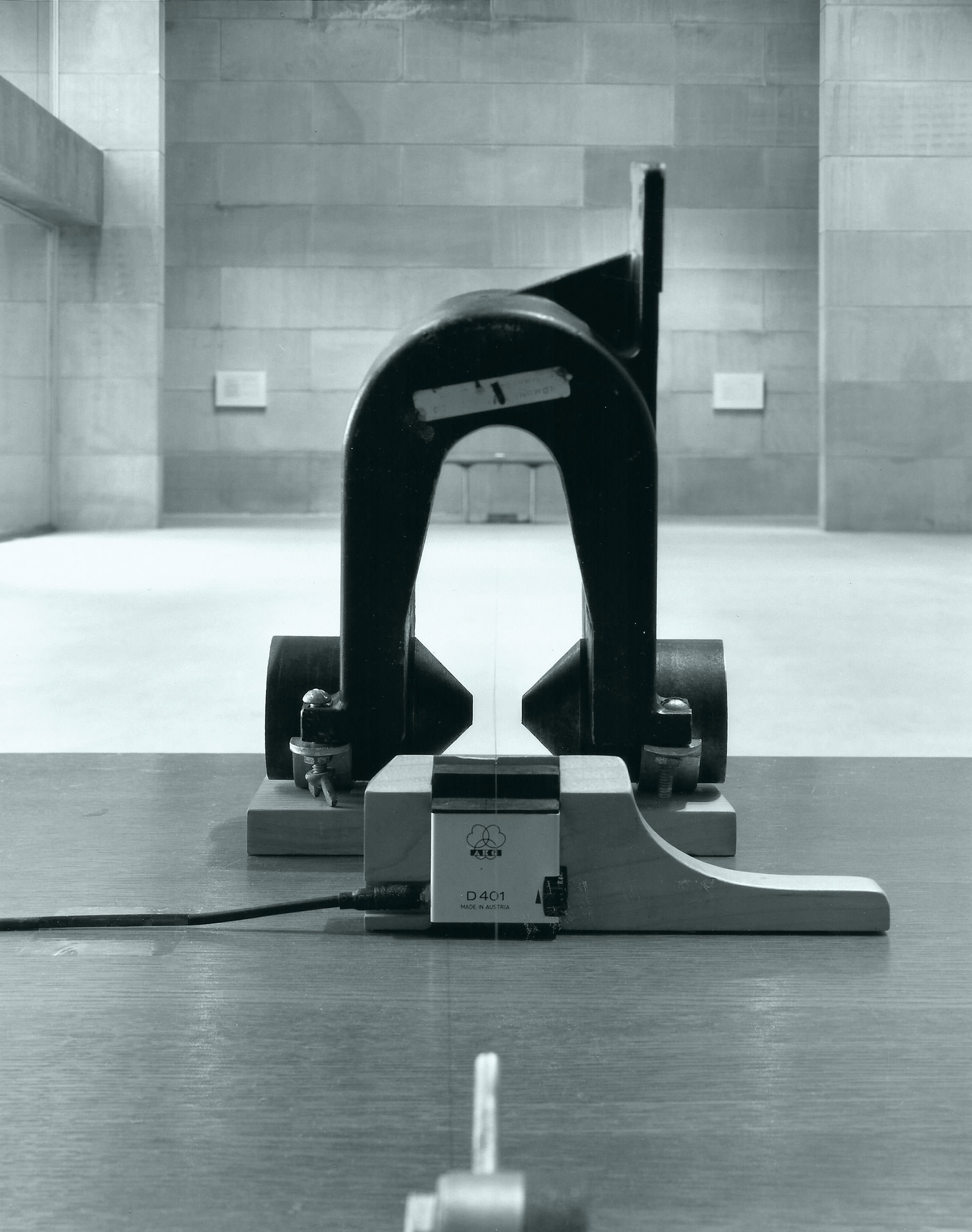I was first introduced to Vanguard Audio several years ago by an industry veteran who would periodically tell me about "a microphone that was still in development..." and that "...I would not only be blown away by its sound but that the price-point would leave me purchasing more than one." The mic he was telling me about was Vanguard's V13 [Tape Op #119] large-diaphragm valve condenser that hit the market in 2016. He was right. I was indeed blown away at how the V13 sounded. Its smooth top-end was never harsh, and it always retained a richness no matter which polar pattern I used or what source I put it in front of. It was a beautiful piece of gear, and the only reason that I didn't purchase more than one was because I was getting ready to have my first child!
When I heard that Vanguard was making a mono version of their stereo V44S FET condenser mic, I couldn't wait to get my hands on one. The microphone is simply called the V4, and it's aesthetically just as beautiful as their other offerings: the same signature pinot noir-colored brass body, finished with a zinc alloy Vanguard badge. You can easily feel that there were no compromises made in the production of this mic. It's heavy, solid, and the nickel accents are incredibly tasteful. The V4 is a FET condenser with three polar patterns and a switch at the rear implementing either a -10 dB pad or 120 Hz roll-off. One thing that intrigued me initially about Vanguard Audio is that many specific electronic components within each of their microphones are treated with a deep-cycle cryogenic process that "improves the lifespan, efficiency, and performance of critical electronic components." Cryogenic treatment is the process of exposing components to temperatures below -310 degrees Fahrenheit in order to remove residual stresses and improve wear on metals. This microphone comes with a five-year warranty, but I'm willing to bet that the V4 will last many, many years beyond that. Vanguard ships this mic in a sturdy (black) travel case which includes their VLSM shock mount, designed with an open front so that you can get as close to the sound source as possible. The mount uses aerospace-grade suspension rings that I'm predicting will last way beyond the life of most engineers and/or their studios.
With a list price of only $399, how does this V4 sound? I auditioned this mic on four sources: male vocal, female vocal, acoustic guitar, and percussion. I ran the mic through a Chandler Limited LTD-1 preamp/EQ into Black Lion Audio modded Universal Audio Apollo [Tape Op #95] while tracking in Logic Pro [#74].
The first thing I noticed was how quiet this microphone is – serenely quiet. The manufacturer attributes this quietness partly to the cryogenic process mentioned above, but more importantly to component selection and the implementation of a superior quality JFET transistor. On male vocals there was a warm richness with a gentle silkiness at the top end that gave the voice good presence. I made no EQ adjustments (apart from a high-pass filter at 100 Hz), yet the vocal sat brilliantly in the track we were working on. Female vocals were clear and crisp while never feeling harsh – this mic is perfect for female pop/rock vocals. Note: the vocalist I worked with was also a voiceover artist, and her spoken word vocals between singing takes also sounded incredibly good – present and upfront with a tamed sibilance. If you have experience in the "V/O-world," you know that there are really only two standards of mics that you'll find being used. I know both of those mics well, but after re-listening to what I tracked, I'm proposing that the V4 could become a new standard in that segment of the recording industry; full stop.
With the V4 positioned about a foot away, slightly toward the neck from the sound hole, an acoustic guitar sounded round, present, and well articulated. I could clearly hear each string when arpeggiated, and with each strumming pattern, chords felt lively and in-your-face when listening through my pair of PSI studio monitors. A slight bit of subtractive EQ at 220 Hz made the guitar sound just right. Lastly, I played three shakers (each a foot away from the mic) and two tambourines (at two feet) and was surprised that no EQ was needed for any of the percussion tracks. There was none of the harshness that usually accompanies these instruments (requiring some low-pass EQ nine out of ten times in my experience), and they essentially mixed themselves into the track. I imagine the V4s would serve well as drum overheads – but my NYC neighbors wouldn't allow me to track a full drum kit that afternoon!
I'm shocked at how well this microphone performs, and when I consider its price tag I am absolutely blown away. I'm admittedly a microphone snob, but I whole-heartedly recommend this microphone, and have a strong feeling that this will be my go-to FET in most situations.




_disp_horizontal_bw.jpg)